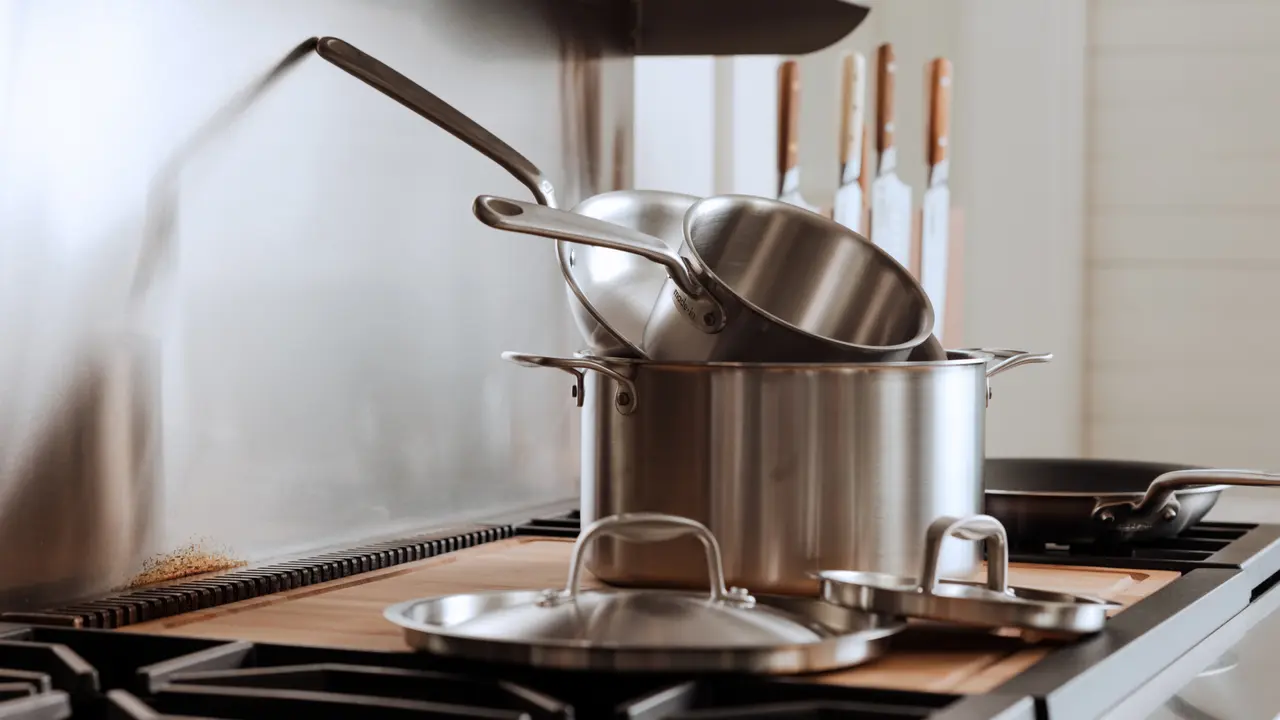For folks in the Northeast, there’s no dish more delectable than the famous lobster roll. We’ve got the full rundown on this scrumptious summer staple.
Summer dining wouldn’t be the same without fresh, flavorful ingredients from the sea. From shrimp and scallops to calamari and cod, the ocean sure knows how to deliver. But let’s face it: nothing is quite as delicious as lobster.
Sure, lobster is great all by itself. But chop it up, lather the meat in butter, stick it on a perfectly crispy roll—and now we’re dreaming about it. Known as the lobster roll, this scrumptious sandwich is served both hot and cold and has become a signature dish all across the Northeastern seaboard.
Despite being synonymous with Maine, Massachusetts, and Connecticut, the lobster roll can also be found in restaurants and roadside stands on Eastern Long Island, New York, along the Jersey Shore, and even as far north as Canada. In other words, if you find yourself anywhere remotely near New England in summer, you’re in for a treat.
To honor this maritime dish, let’s dive into some details surrounding the lobster roll's reign.
What makes it a "Lobster Roll"?
The recipe is refreshingly simple, but over the years, the lobster roll has seen its fair share of transformations. For most lobster lovers, a true roll consists of chopped meat—claw, knuckle and tail—drenched in butter and served hot on a toasted split-top hot dog bun. Easy. Humble. Exceptionally tasty.
Nowadays, this buttery version is known as the ‘Connecticut lobster roll,’ while variations served with a mayonnaise base are ‘Maine’ style. In the latter, chefs usually add a splash of lemon juice, diced scallion or celery, lettuce, as well as some finely chopped herbed and spices. This adaptation of the lobster roll is typically served cold (since it’s really a salad), and is super refreshing.
Although the buttered version is the real ‘OG,’ the Maine lobster roll has spread like wildfire. Oddly enough, experts claim that the majority of patrons actually prefer the Connecticut roll, despite the mayo version being more popular in restaurants.
So, it’s a classic battle of butter vs. mayo. Which is better? We say, take your pick. You can't be wrong.
Who invented the lobster roll?
Well, according to official lobster roll historians, this food god has no name! Like other culinary delights that seem to ‘catch on’ out of nowhere, the lobster roll has a pretty murky origin story.
Still, most people credit Perry’s, a restaurant in Milford, Connecticut, with inventing the lobster roll circa 1927. This is where the sandwich made its menu debut. Owner Harry Perry is reported to have whipped up the creation for a customer, and the recipe stuck. Locals say the restaurant even had a sign reading ‘Home of the Famous Lobster Roll’ until the late 1970s.
Over the years, other restaurateurs have attempted to steal the spotlight, including Bayley’s Lobster Pound in Maine. The family-owned operation dates back to 1915 and is still serving up rolls today.
Why the rise of the lobster?
Throughout the 20th century, chefs all across New England embraced the lobster roll, with famous spots like ‘The Lobster Roll’ in Long Island opening in 1965. Now, thanks to transformations in transportation and technology, you can find the dish served fresh—even in landlocked U.S. states!
But how did lobster really take off as the epitome of foodie luxury?
During the late 18th and early 19th centuries, lobster was super plentiful. Like, overly abundant. Some accounts even report hundreds of them washing up on beaches, to the point where lobster was known as the ‘poor man’s food.’ My, how times have changed.
Once considered ‘feed’ for servants, prisoners and yes—animals, today’s lobster is celebrated as a true delicacy. After the railroad came to fruition in the 19th century, the crab’s tastier cousin could finally make its way to places all over the United States.
Where can I find the best lobster rolls?
No matter where you travel, consensus says a ‘good’ lobster roll needs the following:
- Fresh lobster meat, served hot for best flavor
- Plenty of butter (or mayo, if you choose the cold version)
- Split-top style bun, toasted to perfection
- Brush the bun with butter—and be generous!
- French fries or chips on the side, per tradition
If you’re up to the challenge, you can make your own lobster roll. Here’s a lovely Connecticut Style Lobster Roll recipe from Food Network (butter), or the Maine Lobster Roll (mayo) from Food and Wine.
Not feeling so ambitious? Take a road trip to one of these famous lobster roll spots instead.
- Seven Seas, Milford, CT – Hometown of the original lobster roll
- The Lobster Roll, Amagansett, NY – As seen on Showtime’s The Affair
- Red’s Eats, Wiscasset, ME – Known to attract Hollywood celebs
- The Lobster Pool, Rockport, MA – Fresh lobster delivered daily
- Anthony’s Seafood, Middletown, RI – So good, Guy ate there




























